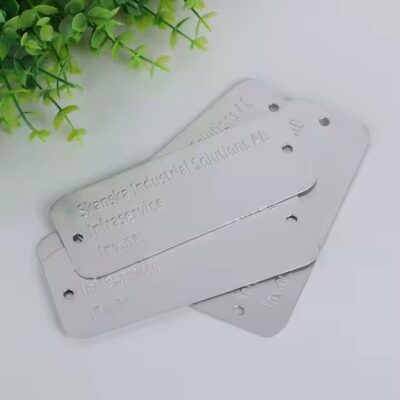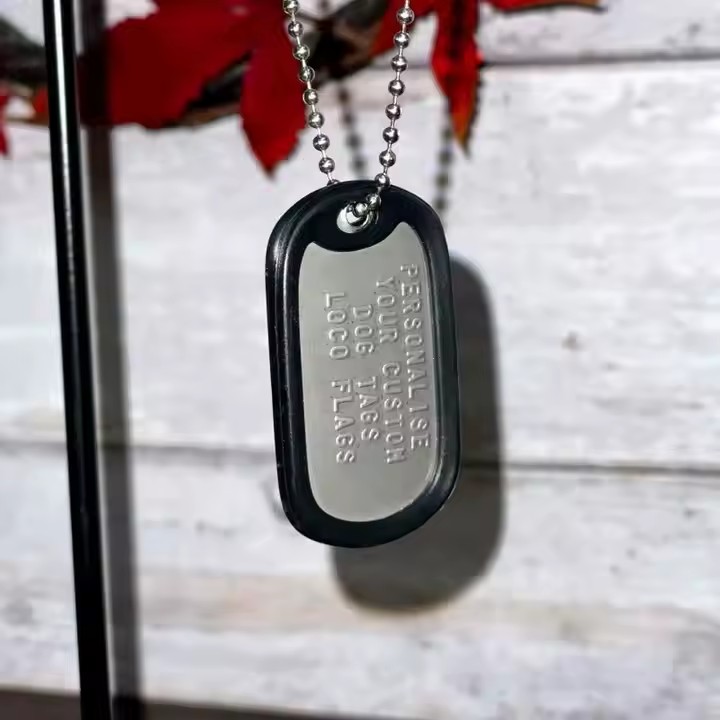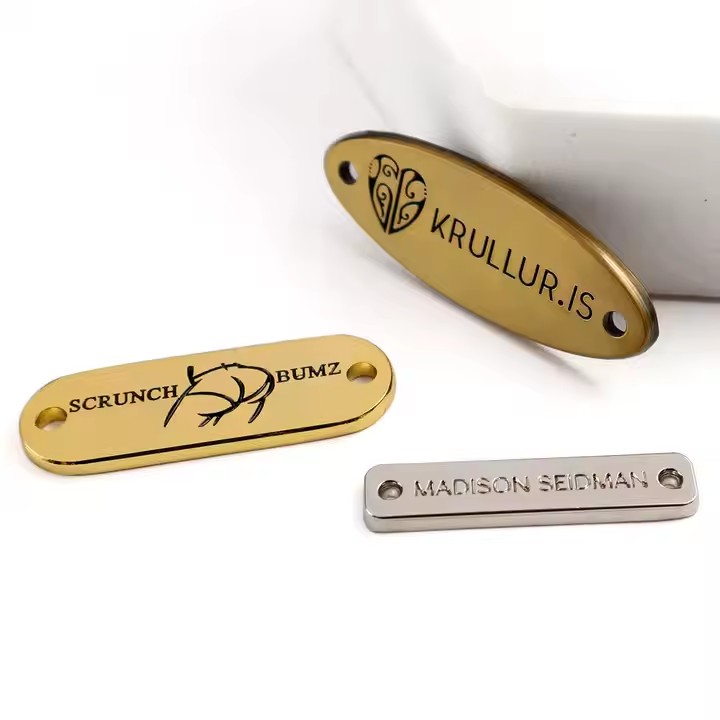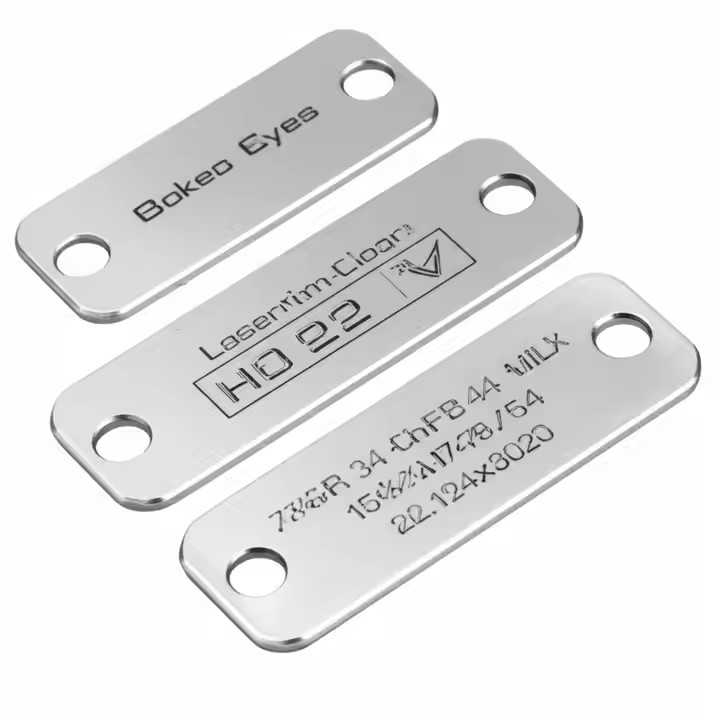

Introduction
Etched metal tags are valued for their durability, precision, and long-lasting readability. But the performance and appearance of the tag also depend heavily on the type of metal used. In this guide, we’ll break down the most common metals used in etched tags and explain the differences in properties, benefits, and ideal applications.
Stainless Steel
Overview:
Stainless steel is one of the most durable materials available for etched tags. It’s especially popular in harsh industrial, marine, and outdoor environments.
Key Features:
-
Excellent resistance to corrosion, heat, and chemicals
-
High strength and mechanical durability
-
Suitable for outdoor and high-temperature applications
-
Clean, modern metallic finish
Typical Uses:
-
Industrial equipment ID tags
-
Electrical panel and control box labels
-
Military, aerospace, and marine applications
-
Medical device labeling
Aluminum
Overview:
Aluminum is lightweight, affordable, and easy to etch. It’s a versatile option, particularly when anodized for added surface protection and visual appeal.
Key Features:
-
Lightweight and rust-resistant
-
Can be anodized for color options and extra corrosion resistance
-
Easy to handle and cost-effective
-
Good for indoor and light outdoor use
Typical Uses:
-
Nameplates and logo tags
-
Light machinery labels
-
Anodized aluminum asset tracking tags
-
Decorative and architectural labeling
Brass
Overview:
Brass etched tags offer a unique golden appearance, making them ideal for both decorative and functional purposes. They are often chosen for their elegant look.
Key Features:
-
Distinctive gold finish, perfect for high-end applications
-
Good corrosion resistance (especially in dry environments)
-
Durable and long-lasting
-
Heavier and more premium than aluminum
Typical Uses:
-
Award plaques and signage
-
Furniture and brand nameplates
-
Decorative hardware labels
-
Valve tags and plumbing industry
Copper
Overview:
Copper provides a reddish metallic tone and is appreciated for its antimicrobial properties. Though it oxidizes over time, this creates a vintage patina look.
Key Features:
-
Warm, natural copper color
-
Develops a patina for a vintage or rustic effect
-
Good electrical conductivity
-
Antimicrobial surface properties
Typical Uses:
-
Decorative labeling and signage
-
Artisanal or vintage-themed tags
-
Electrical components and bus bars
-
Luxury brand accents
Choosing the Right Metal for Your Application
Here’s a quick comparison to help you decide:
| Metal | Corrosion Resistance | Appearance | Weight | Best For |
|---|---|---|---|---|
| Stainless Steel | ⭐⭐⭐⭐⭐ | Silver-gray, matte/shiny | Heavy | Harsh environments, industry, military |
| Aluminum | ⭐⭐⭐⭐ | Silver (anodized color options) | Light | Affordable, indoor/outdoor, general use |
| Brass | ⭐⭐⭐⭐ | Gold tone | Medium | Elegant signage, furniture, plumbing |
| Copper | ⭐⭐⭐ | Reddish tone, patina | Medium | Vintage, luxury, electrical applications |
Conclusion
Choosing the right metal for your etched tag project depends on your usage scenario, durability needs, and visual preferences. Whether you need high-strength stainless steel for an industrial plant or brass for a luxury product nameplate, understanding the material differences helps ensure long-term satisfaction.
📩 Call to Action
👉 Need help choosing the perfect metal for your custom etched tags?
We provide full material consultation, design, and mass production services for businesses across all industries.
Contact us today to get free samples and expert advice.




